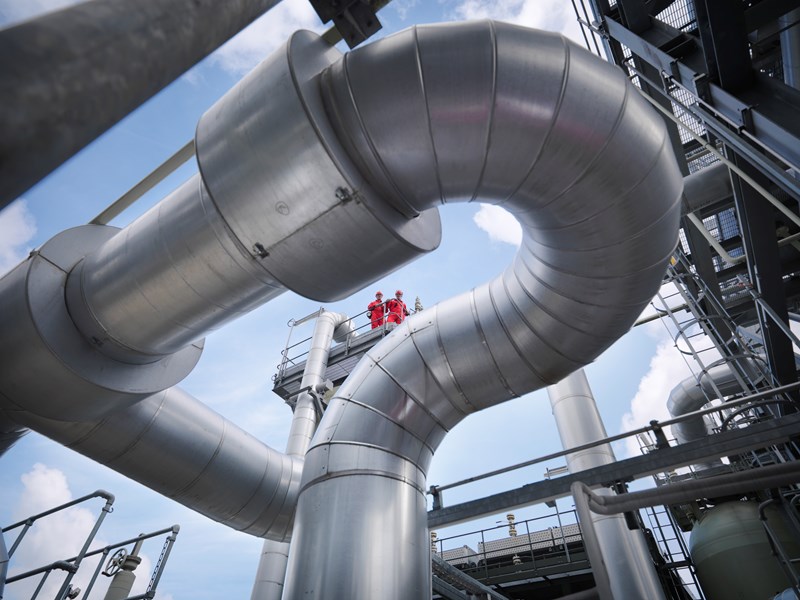How would a second wave of lockdowns affect oil and gas markets?
The risk of further disruption from Covid-19 is mounting
1 minute read
Dulles Wang
Director, Americas Gas and LNG Research

Dulles Wang
Director, Americas Gas and LNG Research
Dulles delivers analysis of all aspects of the natural gas value chain.
Latest articles by Dulles
-
Opinion
4 things you should know about North American gas to 2050
-
Opinion
North America's RNG market set for continued growth in 2025 after historic year
-
The Edge
US upstream gas sector poised to gain from higher Henry Hub prices
-
The Edge
Upside pressure mounts on US gas prices
-
Opinion
North America gas strategic planning outlook: A glimpse into 2050
-
Opinion
North America gas: 5 things to look for in 2025
The coronavirus pandemic has already had far-reaching consequences for energy demand. Lockdown measures around the world saw businesses shuttered and freedom of movement severely restricted. The impact on consumption of oil, gas and power was immediate.
Now, with the number of new coronavirus cases rising, the risk of a second wave of lockdowns is mounting. And with it the risk of an even deeper global recession. What would this mean for oil and gas market dynamics? And what are the implications for industry stakeholders?
This article draws on the report ‘A second wave of coronavirus lockdowns: implications for oil and gas markets’. Fill in the form for a complimentary extract or read on for a summary of three key themes.
1. Sustained demand destruction pulls oil prices down
Our H1 2020 outlook anticipates an oil price rebound as demand start rising post-coronavirus. However, a second large-scale lockdown would further exacerbate the economic recession in 2020 and delay a GDP rebound until 2022 – and that would of course have a ripple effect.
In our base case forecast, Brent rises to US$86/barrel annual average in real terms by 2030. In a coronavirus-lockdown second wave (CSW) scenario, this falls to US$70/barrel.
How will global liquids demand be affected by the CSW scenario? And how will recovery vary by region? Read the full report to find out more, or fill in the form for a complimentary extract from the executive summary.
2. Global gas markets react differently to more lockdowns
Gas demand has proved to be relatively resilient in 2020. As lockdowns began to ease demand soon began to show signs of recovery. But this recovery is inextricably linked to the economic outlook, and a second wave would take its toll.
Our Global Gas Model Next Generation (GGM NG) shows that a second wave of large-scale lockdowns would result in global gas demand reducing by 4.4% in 2020 compared to 2019.
LNG demand would also fall, putting further pressure on Europe to absorb the LNG oversupply – and causing further delays to LNG projects under construction. Pre-FID projects could become even more challenged as the need for new LNG supply could be stalled. Low cost producers, namely Russian pipeline gas in Europe and LNG developments in Qatar, would be a key driver for prices.
In North America, LNG shut-ins could become a recurring theme, with full utilisation not expected until the end of 2020s. However, supply flexibility between associated and dry gas plays absorbs much of the demand shock from lower economic activity. Some parts of the market could be surprisingly unscathed coming out of a second wave of lockdowns.
3. Some industry players could be at risk of financial distress
The energy transition weighs on the oil and gas industry and acts as a deterrent to investment, especially in an environment of tight budgets and low oil prices. Lower 48 operators, for example, were already under pressure when the oil price crashed, and some have since been left at risk of financial distress.
A second wave of lockdown measures would only increase the pressure. Building resilience could be more crucial than ever for many industry players. But US gas producers, for once, will emerge with resilience as the lower oil price – and therefore associated gas production – insulates Henry Hub prices from demand losses.
Read the full insight to find out more about how oil and gas market fundamentals would react to a second wave, and how changing market dynamics will drive Brent, Henry Hub and global gas/LNG prices.
For a complimentary extract, including base case GDP and price forecast charts, fill in the form at the top of this page.








